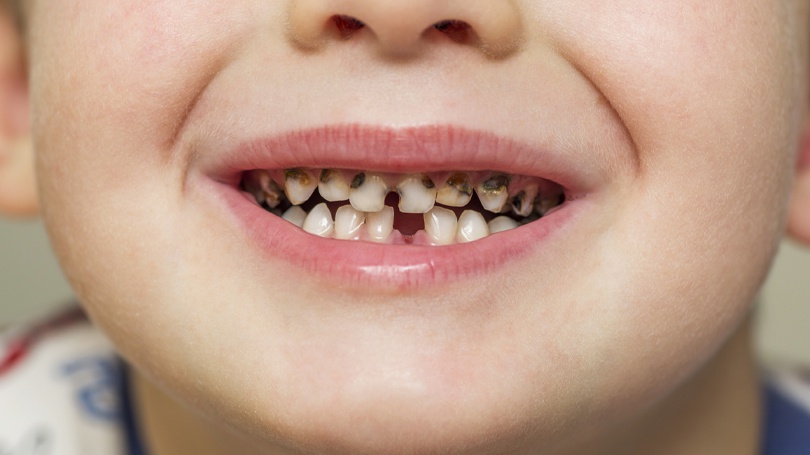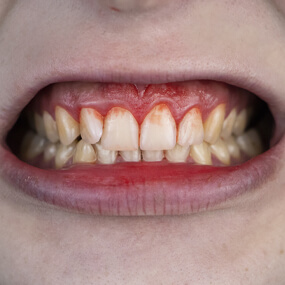What Causes Children’s Cavities and How to Avoid Them

Cavities—also known as dental caries—are among the most prevalent chronic disease affecting American children. Even in primary teeth, parents must deal with tooth decay swiftly in order to avoid pain and infections as well as difficulties chewing, talking, learning, and even playing with their friends. The American Journal of Public Health published a 2012 study in which it found school-age children who had experienced a toothache performed worse in terms of GPA within the next six months.
What are cavities?
Among diseases affecting humans, only the common cold is more prevalent than tooth decay, and the unfortunate aspect is that the bacteria and other factors that contribute to it are avoidable. We all have bacteria in our mouths that help with digestion. That bacteria creates acids when it reacts with carbohydrates, such as sugars and starches, which often linger in your mouth as sticky food particles. Those acids mix with other food particles, bacteria, and saliva to form plaque. Plaque is a sticky film that eats away at tooth enamel, causing cavities and eventually hardens into the even more serious tartar.
Who are at risk of cavities?
Cavities are not limited to children. You can get a cavity at any age, but kids do tend to be at greater risk because they eat more candies, tend to be less diligent when it comes to oral hygiene, and have less developed immune systems. The risk factors that put people at risk of tooth decay include:
- Poor oral hygiene
- Diets high in carbohydrates and acids
- High levels of tooth decay-causing bacteria
- Reduced saliva flow
- Age—kids and seniors are more prone
- Lack of fluoridation—such as city tap water
What are the indications and symptoms of cavities?
In addition to regular dental visits, teeth should be regularly inspected at home. White spots on the teeth may be the earliest sign of a cavity. Cavities that have progressed further will often cause a brownish discoloration on the tooth. That discoloration will occur around the decaying area and, left untreated, will become increasingly darker, and a hole will eventually appear. It may be quite small at first. The earliest symptoms can include sensitivity to sweet and cold foods and beverages.
How are cavities diagnosed?
You may know with a fair degree of certainty that your child has a cavity based on the symptoms. Nevertheless, it is necessary for a dentist to make that diagnosis based on a physical examination of the child within the context of the child’s medical and dental history.
How do you prevent cavities?
Preventing tooth decay is usually as easy as the following simple steps:
- Brush your child’s teeth, gums, and tongue twice a day.
- After age 2, floss your child’s teeth and gums once a day.
- If your child is independent, you should still supervise these activities.
- Ensure your child eats a well-balanced diet.
- Avoid empty calories and opt for healthy snack options.
- Discuss fluoride treatments and dental sealants with your child’s dentist.
- Schedule a dentist visit every six months or per the dentist’s recommendation.
Prevent Tooth Decay
Cavities are a serious issue that not only undermines your oral health but can negatively affect your overall health. The good news is that cavities are totally preventable. It all begins at home with consistent oral hygiene, but you also need to visit your dentist on a routine basis for an exam and cleaning. Jeffrey D. Clark, DDS, is a leading provider of preventative dental care in Scottsdale as well as leading-edge restorative and cosmetic dental treatments. You can schedule your checkup with Dr. Clark at Scottsdale Cosmetic Dentistry Excellence by calling us today at 480 585 1853.




